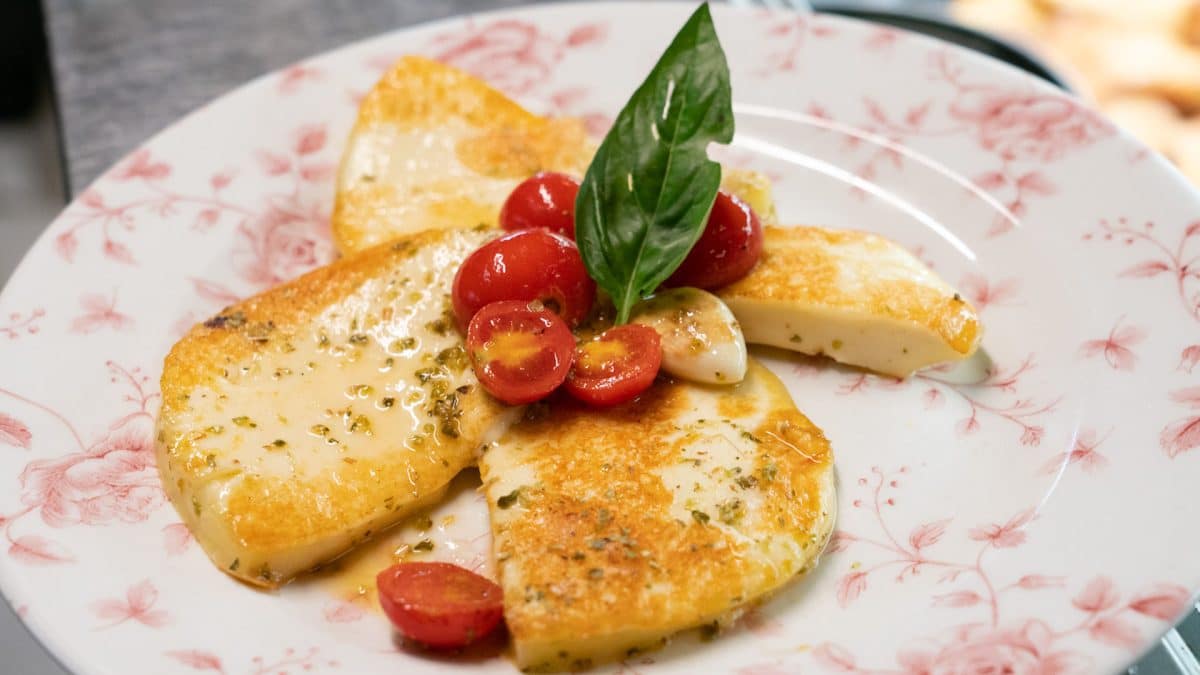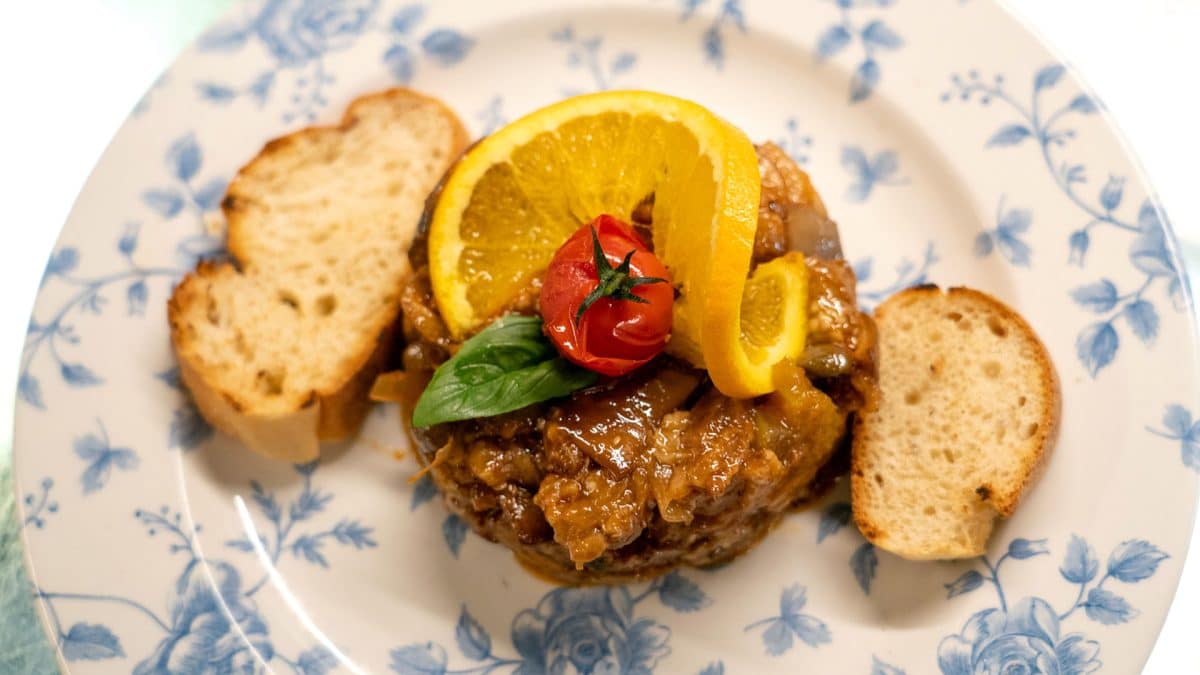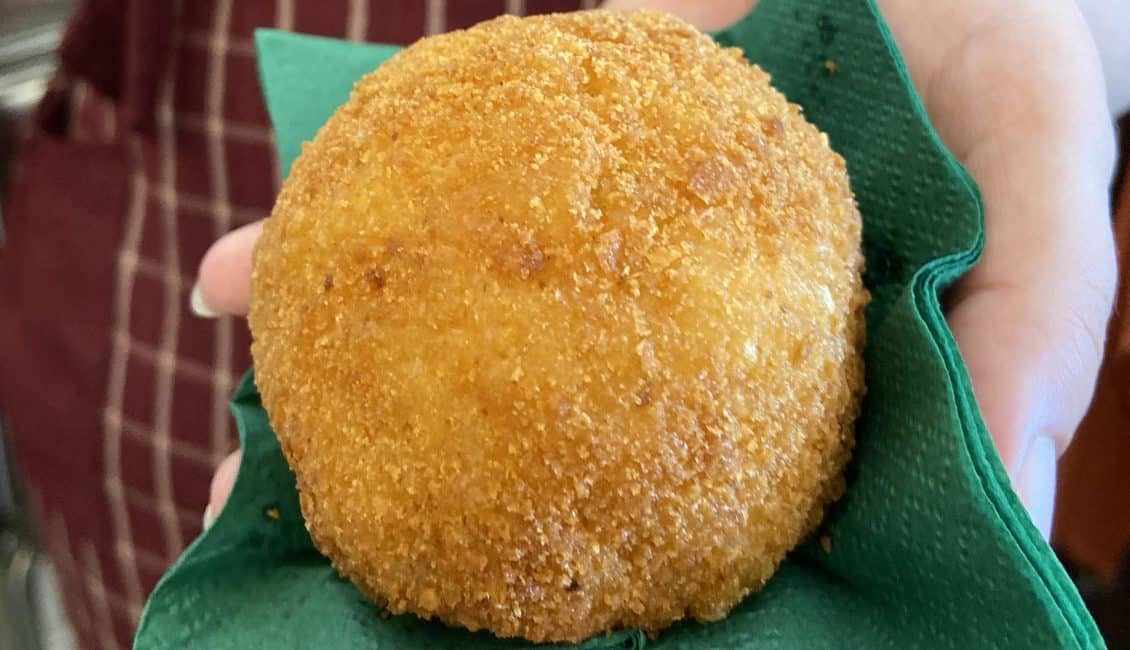
The enogastronomy of Cefalù reflects, as everywhere in Sicily, the cultural influences of the peoples who have dominated it over the centuries. The contamination in the dishes are Norman, Greek and Arab origin. The lush nature of the surroundings and the sea fish do the rest. It is from this mix that the magic at the table is born.
Between delicatessen and Slow Food principals
Along the streets of Cefalù you will find delicatessen, historical shops and restaurants where to taste local dishes, such as Pasta a taianu, an Arab meat preparation, the caponata of aubergines and dishes based on capone (lampuga) and fresh fish.
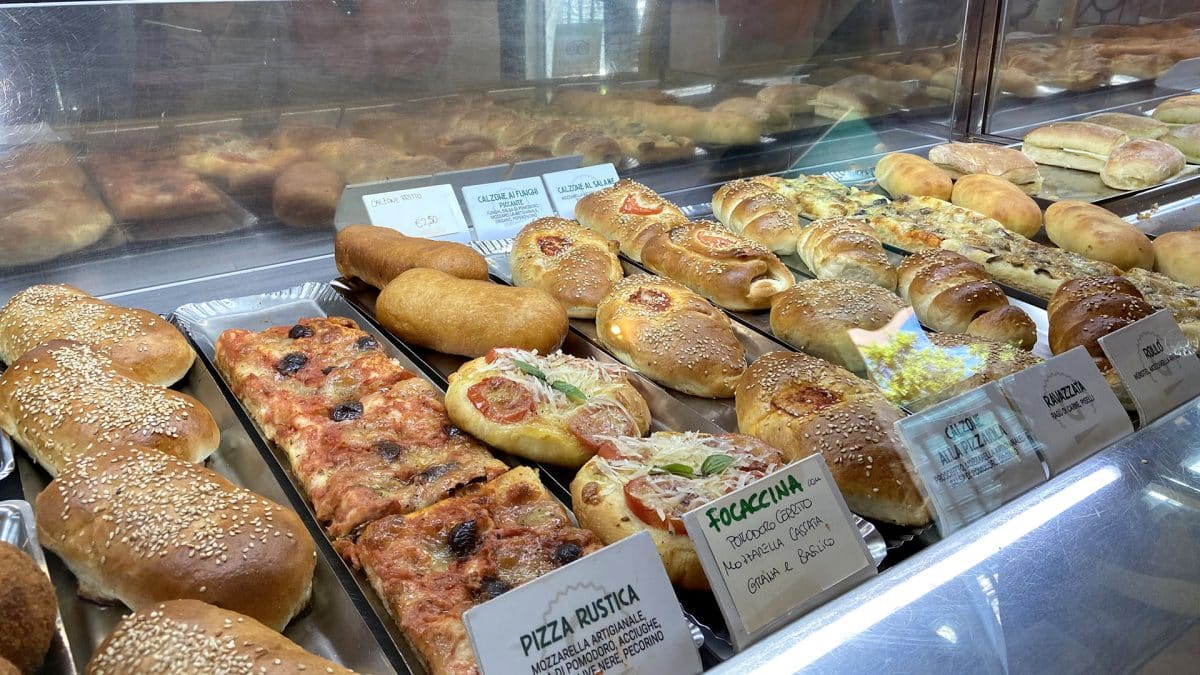
In these areas there are two prestigious and original Slow Food centers: the provola of the Madonie, a special vaccine cheese made from spun pasta and shaped as a fiasco, and the manna that is collected from ash trees (from the incisions on the logs a violet and bitter liquid emerges which becomes white and sweet crystallising in contact with air).
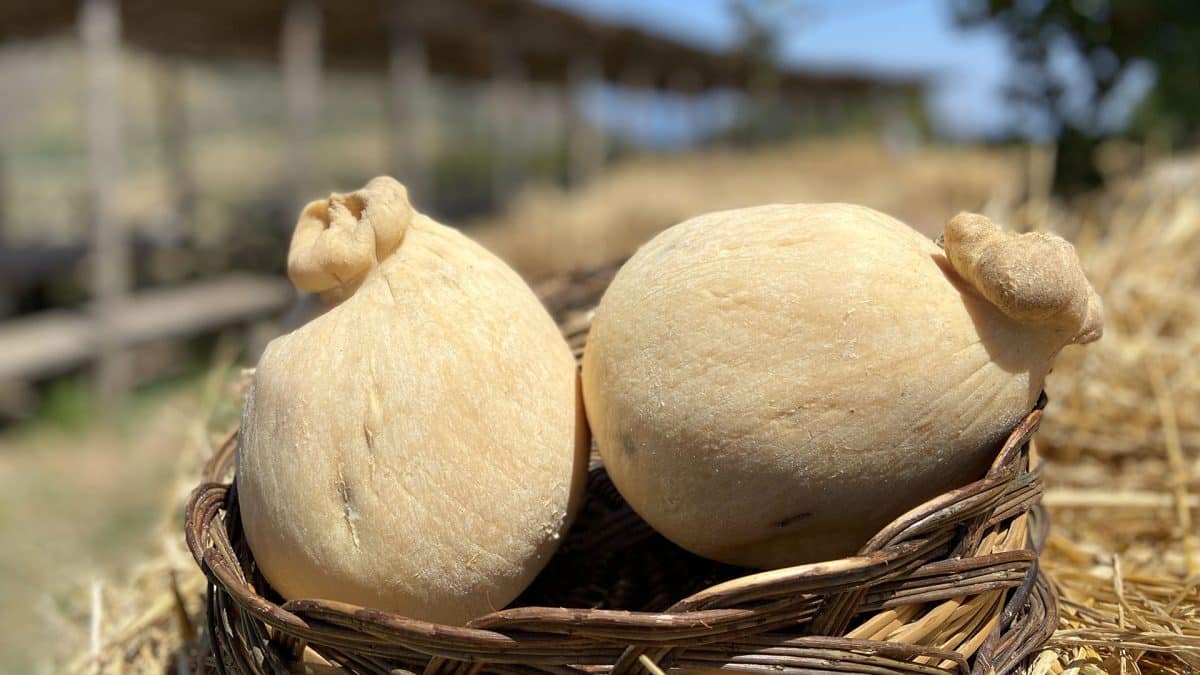
From here the Wine Road passes which winds along the Targa Florio route, the historic motor race commissioned by Vincenzo Florio. Among the wines of the territory, the Fontanarossa di Cerda IGT and Contea di Sclafani DOC (Ansonica, Catarratto, Nerello Mascalese and Perricone).
La “pasta a tajanu”
The typical recipe, the most characteristic of the town of Cefalù, is pasta a taianu, a popular dish that today is prepared all year round and can be enjoyed in all restaurants in the center. Historically, it is linked to the holiday of 6 August, the day dedicated to SS. Salvatore.
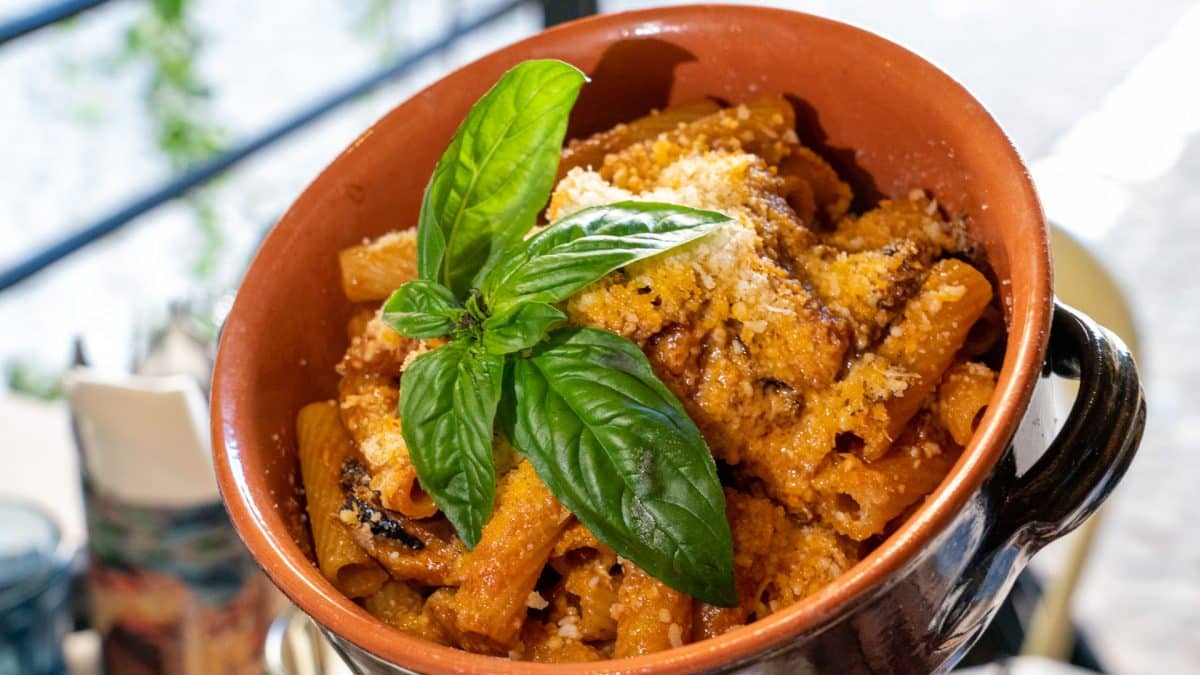
The name of the dish, tajanu, refers to the traditional terracotta pan with lid in which it is cooked. The basic ingredient of the dish is pasta, penne rigate or ziti seasoned with tomato sauce, stracotta meat in sauce (only beef or mixture of beef and pork or beef and lamb), fried eggplant (purple and round), grated pecorino cheese, Extra virgin olive oil and fresh basil. The pasta, cooked very al dente and drained, is laid out in layers with the other ingredients, then covered and cooked over low heat to amalgamate and flavor everything.
The rosticceria: arancine, sfincione, and pane cunzatu
As in every Sicilian town that respects itself, the rosticceria occupies a place of honor in local gastronomy: arancine (strictly female, we are in the province of Palermo), sfincioni, pane cunzatu and much more.
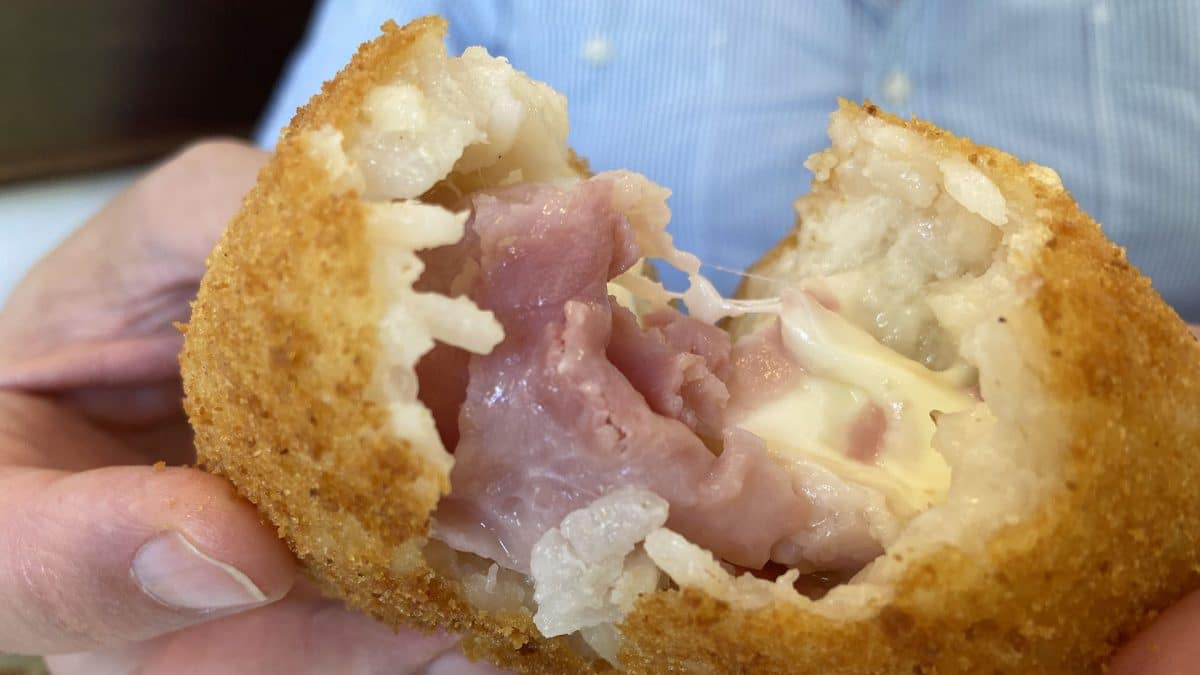
The arancine are also here the queens of street food: the classic ones keep a heart of ragu prepared with beef madonita. The rice box, breaded with the classic flour, water and breadcrumbs alloy, is crisp and appetizing. The sfincione, typical of Palermo and surroundings, in Cefalù is noted for its softness: it is a classic high-top pizza topped with tomato sauce, onions, anchovies, caciocavallo cheese and breadcrumbs. The bread cunzatu, that is seasoned with pecorino siciliano, anchovies and extra virgin olive oil, is the typical peasant meal that, in its simplicity, still conquers everyone today.
The desserts in Cefalù
Cefalù has a rich confectionery tradition, largely shared with the rest of western Sicily: the Sicilian cassata populates the windows of all the town centre pastry shops. Born to celebrate Easter, today this casket of ricotta, sponge cake and glaze with baroque decorations, is a great display all year round.
At Christmas instead appear the “mostaccioli“, sweets that once were prepared with must (hence the name) but now used to prepare in other variations, for example with jam or chocolate. The almond paste is also a must here: composed of sugar, water and Sicilian almonds is found in buns to be dissolved in water for a tasty almond milk or decorated in the colorful forms of the martorana fruit.
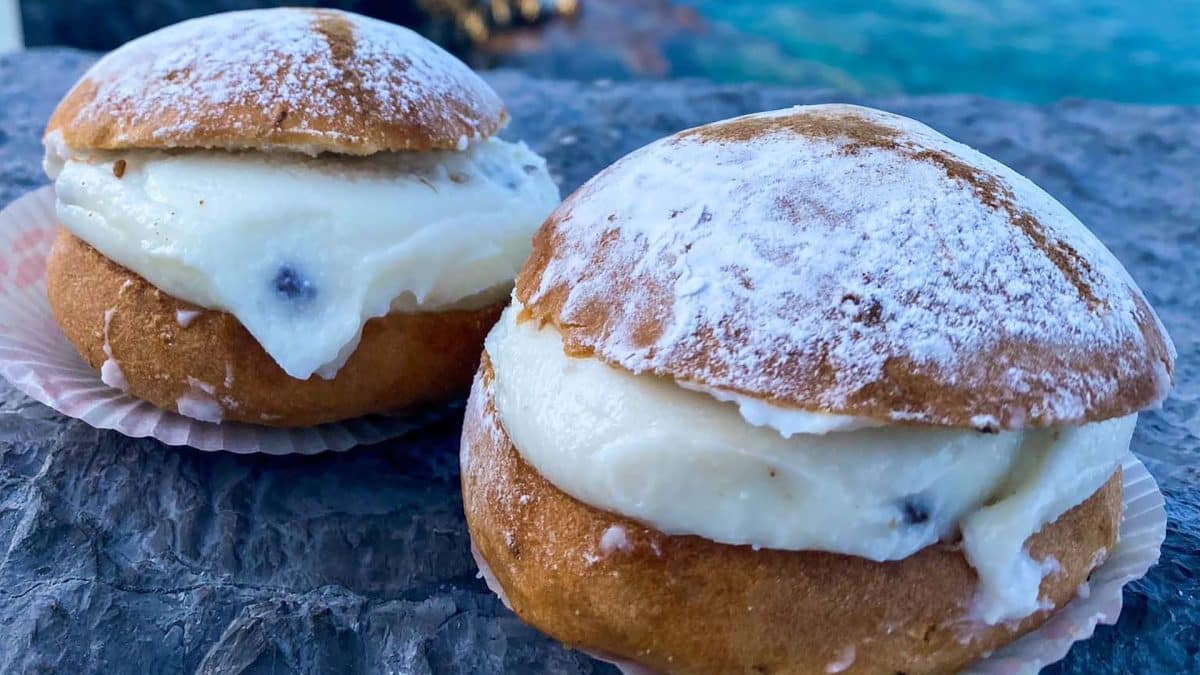
In autumn, the confectionery tradition of Cefalù produces the biscuits of San Martino. Prepared with flour, lard, anise seeds, sugar and cinnamon, simple dipping biscuits are consumed. In the soft version, instead, they are stuffed with ricotta cheese, topped with sugar and chocolate chips.
The provola delle Madonie
The provola delle Madonie, produced on the mountains behind Cefalù and of which the village is the main “door”, is a typical form of cheese with belly flaps. It has a smooth and thin crust and a sweet and delicate taste. When seasoned, it can weigh up to one and a half kilograms.
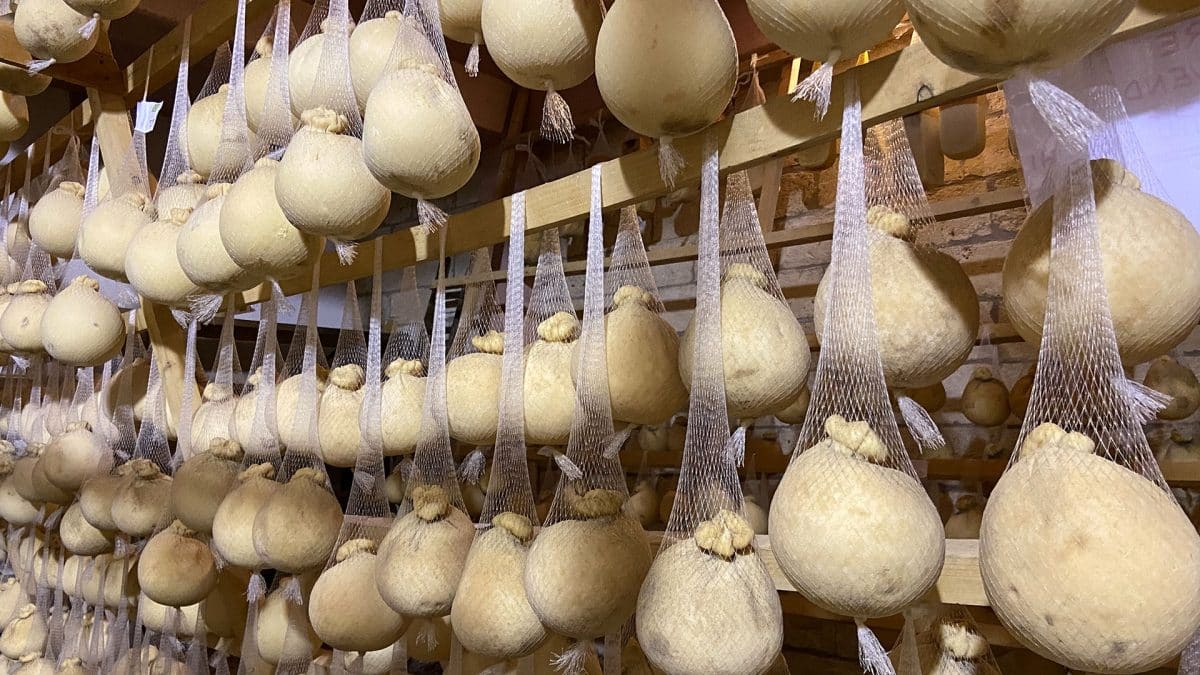
The peculiarity of this cheese is the territory in which it is born: the green and largely uncontaminated pastures of the Madonie with their varied and lush nature. In many farms, the cheese is still made in a traditional and manual way: it is the cheese maker, with the mastery of his hands, to give the typical pear shape to the cheese through a gesture called “incuppatina”. To aromatize the provola, often in its heart is enclosed a verdello lemon or an orange. Some variants include wood smoking, with laurel, myrtle and straw.
The traditions of Palermo
Fish dishes, especially capone, are other typical preparations of this area. As well as the main recipes common to the whole province of Palermo: the “Cacio all’argentiera”, fresh cheese stewed with garlic, extra virgin olive oil, salt, pepper, oregano and wine vinegar; the caponata, a mix of fried vegetables with tomato sauce, celery, onion, olives and capers; the murata meat, cooked with potatoes, tomatoes and aromas; the swordfish rolls, filled with capers, olives, bread crumbs and tomatoes; sarde a beccafico, open book sardines and stuffed with a mix of breadcrumbs and aromas.


